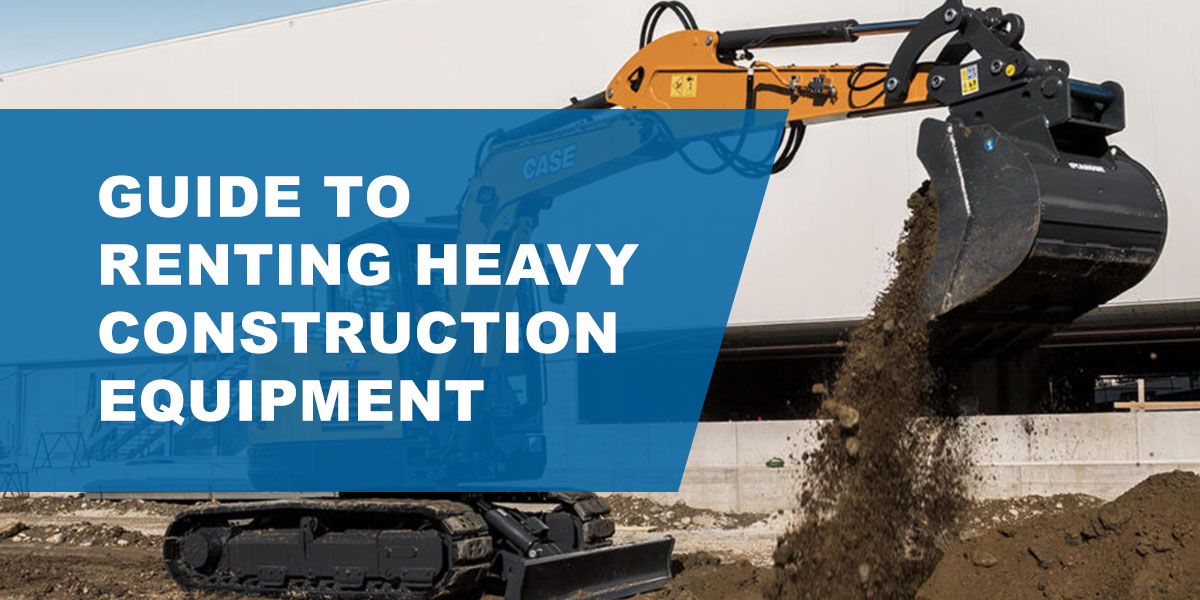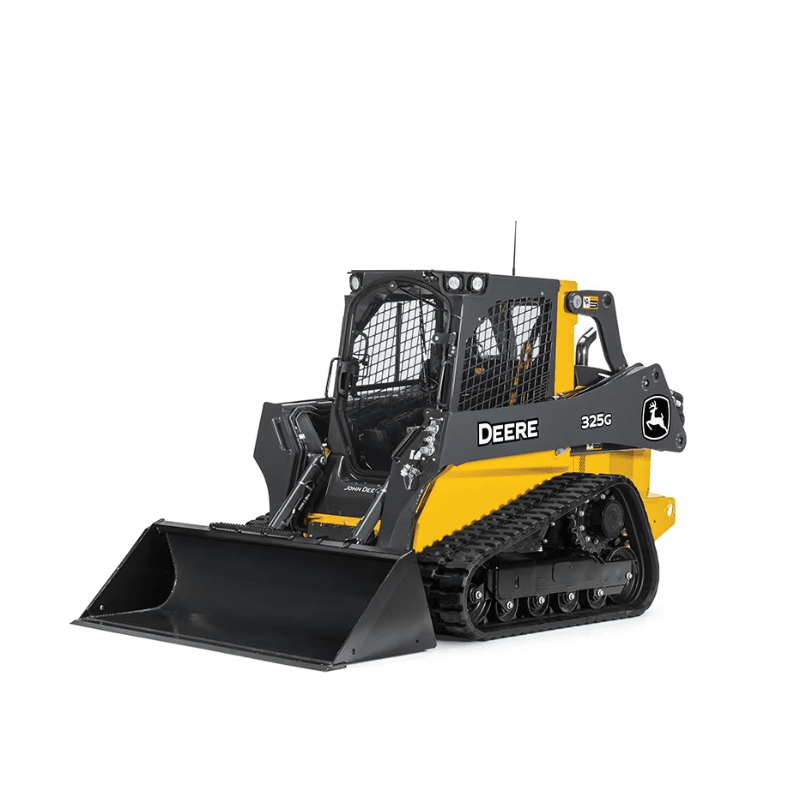Aerial Lift Rental: Versatile Lifting Solutions for High-Access Jobs
Wiki Article
Optimize Your Budget Plan by Recognizing the Prices Connected With Building And Construction Tools Services
Understanding the full scope of prices related to construction tools services is important for maximizing your budget plan. While the initial rental charge might seem simple, numerous extra expenditures-- such as transport, gas additional charges, and maintenance-- can promptly collect, affecting your financial preparation. Additionally, recognizing various fees and the complexities of rental agreements can assist stay clear of unforeseen economic worries. What techniques can be used to properly manage these expenses and guarantee a much more reliable rental experience?Overview of Rental Expenses
When taking into consideration building tools rentals, recognizing the linked costs is vital for effective budgeting and task planning. Rental costs can differ significantly based upon several elements, including tools type, period of rental, and location. The first rental fee often reflects the tools's market demand and its connected functional capabilities, affecting the total cost.In enhancement to the base rental rate, ancillary prices might occur, such as transport fees, gas additional charges, and upkeep fees. It is vital to represent these added expenses to properly examine the overall expense of renting out tools. The rental period can affect pricing; longer leasings may certify for reduced prices, while temporary services could incur higher daily charges.

Break Down of Rental Rates
An extensive understanding of rental rates is important for professionals and project managers aiming to enhance their budgets. Rental rates for construction devices generally contain several components, including base prices, time-based fees, and usage fees.Base rates are the core costs related to the leasing of the equipment, frequently identified by the kind and size of the equipment. These rates can differ dramatically, affected by elements such as devices demand, schedule, and regional market fads. Time-based costs, which may be daily, weekly, or monthly, offer to suit various project timelines and rental periods.
Furthermore, rental prices may consist of usage fees, which apply when tools is used past a specified limit, making certain that the rental company can represent wear and tear. Seasonal need fluctuations can also influence rental prices, with peak construction periods normally commanding higher rates.
Moreover, recognizing the rental business's policies pertaining to maintenance and insurance policy can provide further insight right into the total cost framework. By evaluating these elements, professionals can make informed decisions, making sure the option of rental devices aligns with both task demands and budget plan constraints.
Added Charges to Take Into Consideration
Comprehending the ins and outs of added costs is essential for professionals to manage their overall rental costs successfully. Beyond the basic rental rates, different supplementary costs can significantly impact the total price of tools service. These costs typically consist of shipment and pick-up charges, which can vary based on range and logistics associated with transporting the equipment to and from the work website.In addition, some rental companies may impose gas surcharges if the equipment is returned with less fuel than when rented out. It is additionally necessary to be aware of possible cleansing charges, particularly for customized devices that needs extensive upkeep after usage.

Completely examining the rental contract and clearing up these added charges in advance can help specialists avoid unanticipated expenses and make sure that spending plans stay intact throughout the job lifecycle.
Upkeep and Repair Work Expenses
Regular repair and maintenance costs are often neglected variables that can substantially affect the general cost of building and construction devices services. When renting out tools, it is essential to consider not only the rental fees but additionally the potential expenses associated with maintaining the equipment in optimal operating condition.Numerous rental firms include standard upkeep as component of the rental agreement; nevertheless, a lot more comprehensive repair services or unexpected break downs can cause added costs. It's necessary to evaluate the rental agreement carefully to understand what maintenance services are covered and what duties fall on the renter.
Additionally, tools that is not well-maintained can result in inefficiencies at work site, potentially enhancing and triggering hold-ups job expenses. To alleviate these threats, it is recommended to conduct routine assessments and keep open communication with the rental carrier concerning any problems that emerge throughout use.
Insurance and Obligation Expenses
Insurance coverage and liability expenses are vital elements that can considerably influence the total cost of building and construction tools services (forklift rental). These expenses make certain that both the rental company and the client are shielded from potential monetary losses arising from crashes, damages, dozer rental or theft during the rental period
Furthermore, customers must be aware of any type of deductibles or exclusions in the insurance coverage policy, as these can influence possible out-of-pocket expenses. Comprehending the terms and conditions of any insurance policy protection is vital to avoid unexpected costs. Ultimately, budgeting for insurance and liability expenditures can aid ensure a smoother rental experience and protect against financial threats connected with building and construction jobs.
Final Thought
In verdict, a thorough understanding of the costs connected with construction tools rentals is vital for effective budget plan monitoring. Inevitably, notified decision-making regarding tools leasings contributes to the general success of building and construction endeavors.Rental expenses can vary considerably based on a number of elements, including equipment kind, duration of leasing, and area (forklift rental). The rental period can affect prices; longer leasings might qualify for discounted rates, while temporary services could sustain higher day-to-day costs
By conducting extensive research and engaging with reputable rental business, contractors can effectively browse the complexities of rental pricing, eventually maximizing their financial resources.
Past the typical rental prices, various supplemental costs can substantially impact the total expense of devices rental. Rental business usually give responsibility insurance that covers injuries to third events or damages to home, while equipment damage insurance can cover the expense of repair services or substitute if the rented devices is harmed.
Report this wiki page